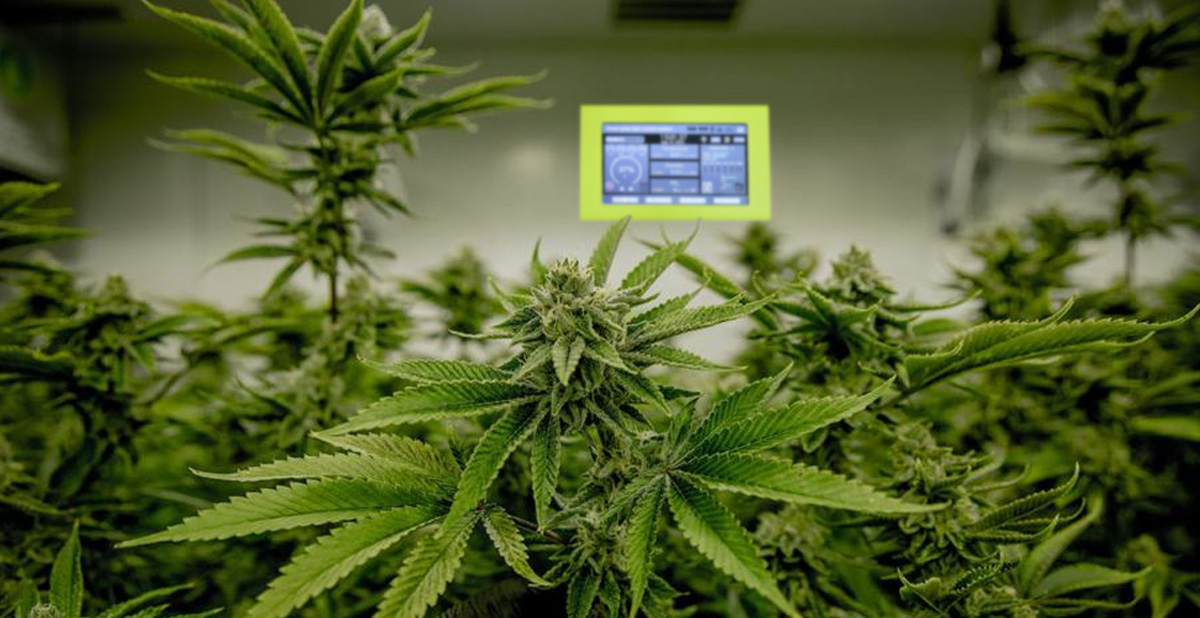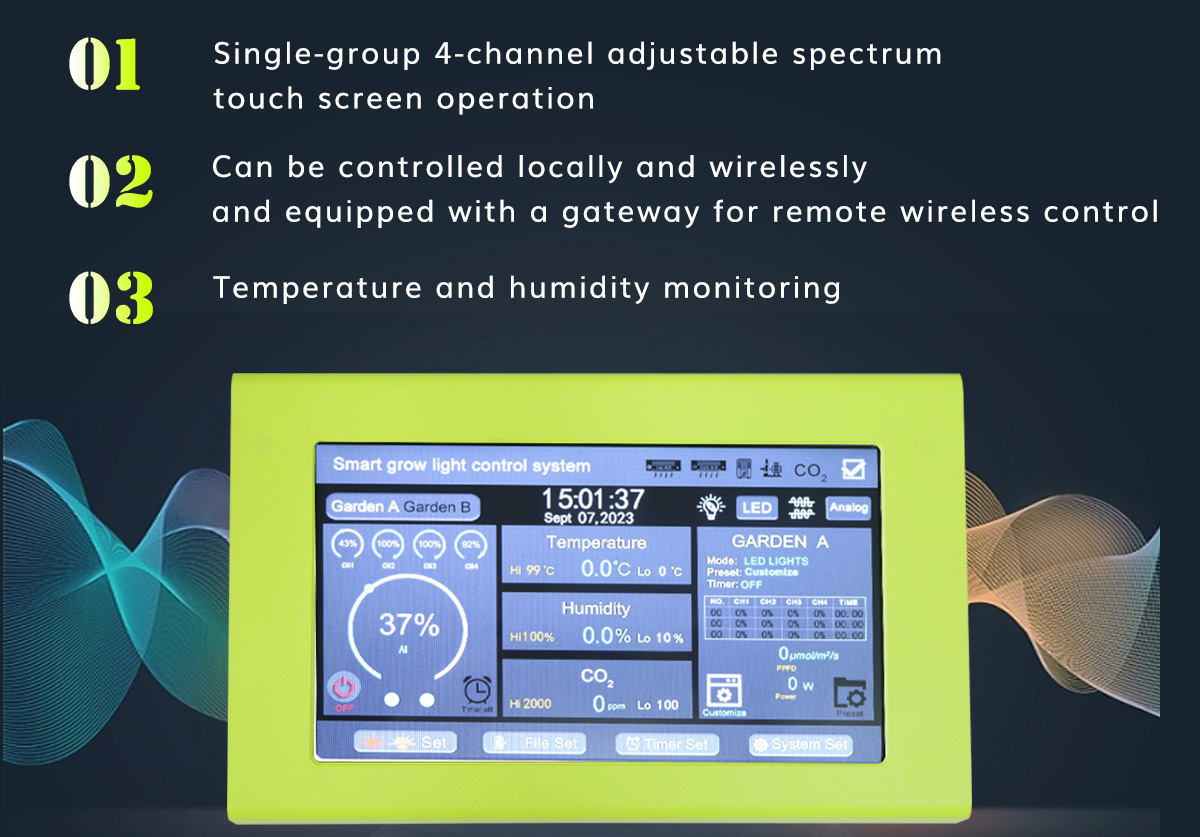The correct lighting environment is crucial for plant growth and development, and light controllers are key to creating this environment. They can not only adjust the intensity and time of light, but also provide a spectrum suitable for specific growth stages, allowing plants to thrive in non-natural light environments. So how to choose a suitable controller for plants?
When selecting a light controller, it is important to consider the following key factors:
Compatibility: Verify that the controller is compatible with your existing grow lights, whether LED, high-pressure sodium, or other types; check the types and power ranges supported by the controller to ensure they match your grow lights.
Dimming capabilities: Consider whether the controller offers flexible dimming options. Plants at different stages of growth have different light intensity needs; if possible, choose a controller that provides fine dimming control to better simulate natural light conditions.
Ease of use and reliability: Choosing a controller with an intuitive user interface, simple operation, and high reliability is critical to long-term plant care. The reliability of the controller ensures stable light conditions, which is crucial to plant health.
Functional diversity:Consider whether the controller provides other additional functions such as environmental monitoring (temperature, humidity), timers or automatic programs; these additional functions can increase planting efficiency while ensuring a more stable growing environment.
Scalability and Flexibility: Choosing a scalable and flexible controller can facilitate future upgrades and adjustments as your growing interests or business needs expand.
Price and cost-effectiveness:Consider your budget and long-term cost-effectiveness. Higher-priced controllers may offer more features and better reliability; energy savings and reduced maintenance features may result in greater cost savings in the long run.
To sum up, choosing a suitable lighting controller requires considering compatibility, dimming function, ease of use, functional diversity, price, cost-effectiveness and other aspects. By taking these factors into consideration, you can find the best light controller for your plants to ensure optimal growing conditions.

Explore VQ-MVG4B2: Professionalism meets Convenience
In the process of selecting a light controller, you may be wondering if there is a kind of product on the market that meets all your key needs while being easy to use, which is exactly what the VQ-MVG4B2 controller is designed to do. The design of VQ-MG4B2 takes into account a variety of lamp types, including high-pressure sodium lamps and LEDs, ensuring wide applicability. In addition, it supports 0-10V, PWM and digital output signals, allowing it to work well with various advanced lamps.
Equipped with a 7-inch touch screen, the interface is intuitive and simplifies the operation process. Even a novice grower can quickly learn how to use this controller. Supports two 4-channel dimming from 0-100%, and can adjust the light intensity according to the specific needs of plants. Its preset spectral scheme function allows users to select the best light pattern according to different crops, thereby maximizing the efficiency and quality of plant growth.
In addition to basic lighting control, VQ-MG4B2 also provides additional functions such as temperature and humidity, carbon dioxide concentration monitoring, sunrise and sunset simulation, and timing.

Whether you want to improve the quality of flower growth at home or seek more efficient light management in a commercial greenhouse, the VQ-MG4B2 can provide a professional-grade solution.Choosing the right light controller for your plants is an important decision. With its multifunctional design and user-friendly design, the VQ-MVG4B2 controller may be your ideal choice. Click on the dialog box below and we look forward to working with you to solve more problems in planting.























